There’s no such thing as finding the right time to catch up on your reading, is there? If you want to, you will.
Agreed not everyone is a bibliophile. But there are so many of us who find so many answers we seek in books from wonderful authors. Perhaps, reading is also an acknowledgment of willingness and humility, accepting that there is so much you don’t know.
Most people who aspire to become better, be it in their personal or work lives, look for books that introduce them to a plethora of ideas and possibilities.
As John Coleman says in his HBR article,
“deep, broad reading habits are often a defining characteristic of our greatest leaders and can catalyze insight, innovation, empathy, and personal effectiveness.”
Hopefully, this list of best HR books for HR professionals we’ve put together, after speaking with many managers and doing a bit of research, will make your life exponentially more fulfilling!
Best HR Management Books
1. Topgrading: The proven hiring and promoting method that turbocharges company performance by Brad D. Smart

Brandford D. Smart, in his book shares a strategic hiring system created by him, that, he has used quadraple the hiring success rates for hundreds of clients he has worked with. This book is an advanced compliation of Brad’s experience he has acquired while working with global giants like General Electric and Honeywell.
In this book, the author shares:
- Simplified Topgrading methods for entry-level jobs
- The new Topgrading snapshot, which screens out weak candidates in 15 seconds
- The latest version of Topgrading interview script
- Case studies from 35 companies
- Additional innovations created by Topgraders
Whether you want to dive deep into Topgrading hiring processes or upskill yourself with the topic, this book has rich in information by the expert himself!
Buy the book here.
2. The everything HR kit by John Pitzier

Want to get back to the roots of HR? Well, look no further than this user-friendly guide that helps you navigate through all the best practices of recruiting, interviewing, screening, selecting and managing employee performance. Besides giving you ample information on the basics of HR, this handbook provides you with a toolkit to improve your processes in today’s world and consistently streamline them.
Buy the book here.
3. Who by Geoff Smart and Randy Street

Just like the thoughtful title of the book, co-authors Geoff Smart and Randy Street emphasize the common challenges bigger organizations struggle with—ultimately falling into the trap of unsuccessful hiring.
This New York Times Bestseller emphasizes Smart and Street’s A Method of Hiring and discusses the fundamentals of hiring, which when implemented can give you the hiring success rate of 90%.
The book talks about:
- Avoiding common vodoo hiring methods
- Generating the flow of A players
- Asking the right interview questions
Buy the book here.
4. HR from the outside in: Six competencies for the future of Human Resources by Dave Ulrich, Mike Ulrich & Jon Younger
A top business book with survey data, examples, and stories, HR from the Outside In is brimming with insights for HR leaders. Changing and uncertain business contexts world over require HR professionals to invest in themselves and be equipped with new competencies while attempting to link corporate strategy and HR initiatives. The authors discuss six competencies:
- Strategic positioner
- Capability builder
- Change champion
- Technology component
- HR innovator and integrator
- Credible activist
These competencies will shape the future of HR. “Outside-in means that HR must turn outside business trends and stakeholder expectations into internal actions.” This book is a treasure trove of information to help HR professionals deliver value to employees and organizations and to external stakeholders, such customers, investors, and communities.
Buy the book here.
5. Powerful by Patty McCord

Patty McCord has helped create the Netflix Culture Deck—yes, the same deck that talks about the “no rules” culture. She has been the Chief Talent Officer at Netflix for fourteen years, and share her learnings from Netflix and other companies in the Silicon Valley she worked at.
In the book, McCord argues the age-old corporate HR practices that need to be abolished, and advocates practicing radical honestly. She breaks down the abstract subject “designing workplace culture” into actionable steps.
If you’re someone who is inspired by Netflix’s workplace culture and wants to understand and implement it in your company, then this book is worth a read!
But the book here.
6. Good to great: Why some companies make the leap…and others don’t by Jim Collins
A book that’s surely on every list of must-reads, Good to Great outlines six basic characteristics of companies that moved from good to great — Level 5 Leadership, hiring the right people, disciplined thinking, hedgehog concept or focusing on doing one thing really well, culture of freedom and entrepreneurship within a culture of discipline, sensible technological innovation, and the flywheel concept where success depends on a combination of small steps. Although some might argue that in this book is good or great depends on more quantifiable criteria, Jim Collings still has some amazing insights in this prequel to Built to Last to help HR managers take their teams to the next level. Companies such as Philip Morris, Pitney Bowes, Gillette, Wells Fargo, and Kroger are some of the good-to-great companies the author uses in this book.
Buy the book here.
Conduct accurate coding assessments and hire developers that are right for the job. Find out more.
7. People skills by Robert Bolton
First published in 1979, this communication-skills bible continues to fascinate readers. Robert Bolton, Ph.D., is President of Ridge Consultants, a New York-based consultancy firm that trains companies to have meaningful conversations and improving interpersonal interactions.
Good examples, scenarios, and techniques are used to explain concepts such as effective listening, conflict resolution, and assertiveness to enhance verbal and nonverbal communications in the workplace. An HR professional could even read Daniel Goleman’s Emotional Intelligence along with this and have more than enough tips to overcome all sorts of communication barriers. Many readers have been asking for a shorter revised edition with language and examples more relevant to the 2000s.
Buy the book here.
8. Love’em or lose’em: Getting good people to stay? By Beverly Kaye and Sharon Jordan-Evans
With reports on employee engagement and retention and their impact on organizational performance popping up every few months, a practical book such as this is a must-buy for every HR professional. Kaye and Jordan-Evans discuss 26 strategies to keep employees happy and make them stay.
The concepts may seem obvious but helpful navigation tools, interesting examples, stats, to-do lists, cultural references, and an overall neat execution make this book well worth the effort. For any HR manager or supervisor, employee relationships take up most part of their day and knowing how to effectively manage them is key. A manager self-test called The Retention/Engagement Index (REI) helps the reader navigate to chapters that would be most useful for them. (Also read – Best ways to improve employee engagement and retention)
Buy the book here.
9. Work rules! Insights from inside Google that will transform how you live and lead by Laszlo Bock
Forbes calls it a true masterpiece. And that it is. Under Laszlo Bock, former SVP of People at Google, one of the most innovative companies in the world, was named “the Best Company to Work For more than 30 times.” Drawing on his amazing experience, he chalks out a plan to attract the best talent in 14 chapters. Naturally, every company has its own character and can’t blindly copy Google’s unconventional ops and mission, but it can certainly use some amazing takeaways Bock shares — such as trust and empower employees, be experimental, create a high-freedom workplace, measure effectiveness of managers against outcomes you seek, believe in the power of the crowd, remember that not all perks are costly, and use interesting hiring practices driven by data. This gem of a book on Google’s HR approaches certainly has so many lessons to inspire HR and talent acquisition professionals.
Buy the book here.
10. Drive by Daniel H. Pink
A bestselling author and leading thinker on business and behavior, Daniel H. Pink pens a challenging and provoking book on motivation. Pink says most of what we know about what motivates us is wrong; the traditional carrot-and-stick approach is flawed and could end up doing more harm, such as leading to diminished performance, poor creativity, and unethical behavior, than good.
Using case studies and scientific research to make his case, Pink offers deep insights into an intrinsic and extrinsic motivator and their far-reaching implications in the business environment. In this book, Pink “reveals the three elements of true motivation: Autonomy – the desire to direct our own lives; Mastery – the urge to get better and better at something that matters; Purpose – the yearning to do what we do in the service of something larger than ourselves.” Really valuable lessons on goal setting, rewards, and motivation for an HR manager, right?
Buy the book here.
11. Why employees don’t do what they’re supposed to do and what you can do about it by Ferdinand F Fournies
Surely, every HR professional can relate to the title. Ferdinand Fournies, a former Columbia Graduate School professor and a renowned business management speaker and consultant, bases this book on the responses from 25,000 managers.
He talks about 16 different reasons why employees don’t do what they are expected to do and what managers can do about it to boost employee performance. A quick, easy, and enlightening read, this book outlines a practical framework for preventive management, getting rid of roadblocks via effective communication, and leading change — problems are acknowledged, solutions are mutually agreed upon, and every achievement is reinforced. The revised version also discusses practical aspects of modern workplace trends such as telecommuting, flexi-time, temp workers, and occupational stress and safety.
Definitely, this one’s a must-include in the HR business bookshelf!
Buy the book here.
15 recruiting tools that need to be on your radar for 2020. Get the Free Ebook.
12. Fierce conversations: Achieving success at work and in life, one conversation at a time by Susan Scott
Yet another amazing practical book on the magic powerful communication wields! She says, “While no single conversation is guaranteed to change the trajectory of a career, a business, a marriage, or a life, any single conversation can.” Fierce Conversations, targeted mainly at a business audience, emphasizes the need for tough, authentic conversations to enable growth and gives you seven guiding principles to take away with you.
For some readers, the book may be a tad too long with so many anecdotes, but for most, the book provides incredible action items and models to lead change through richer relationships. For HR people, Scott’s book can be hugely helpful in tackling issues in fast-paced business environments and make deeper connections with people.
Buy the book here.
13. Aligning human resources and business strategy by Linda Holbeche
Based on UK practices, this book has good insights for HR business partners. Dr. Linda Holbeche tells you “how you can strengthen and prove the relationship between people strategy and business success through your approach to performance and development and impress at the highest levels” (from the back cover).
The book is highly recommended for senior HR strategists. It discusses in detail, relying on research and examples, the need for strategic HRM and its hows and whys. The book helps HR better understand its ability to deliver value, align strategy, and influence culture.
Buy the book here.
14. Hiring for attitude by Mark Murphy
Bestselling author Mark Murphy, who is also the founder and CEO of Leadership IQ, says that most organizations have got their hiring approaches wrong because they are typically looking only for people with the right technical competencies. In their study, Leadership IQ found that 46% of the 20,000 new hires tracked over 3 years failed with the first 18 months! They found that coachability, emotional intelligence, motivation, technical competence, and temperament were the top 5 reasons and concluded that “attitude” was the main reason they failed.
In his book, Murphy tells you how to evaluate attitudinal characteristics to identify top performers through tests and sample interview questions, using case studies from companies such as Southwest Airlines and The Four Seasons. An easy, insightful read for all talent acquisition professionals out there!
Buy the book here.
15. The employee experience advantage by Jacob Morgan
Morgan tells you how to win the war for talent by giving employees the workspaces they want, the tools they need, and a culture they can celebrate. He argues that through better employee experiences, companies can address issues related to hiring and retention, customer satisfaction, and innovation. He offers a holistic view of employee experience through examples, data, case studies, and stories to ensure that employees come to work because they “want” to and not because they “have” to. Morgan believes you can achieve this by designing the culture, technology, and physical spaces the right way. To more how to enhance employee engagement, HR professionals should invest in this valuable read today.
Buy the book here.
Which HR management book is on your reading list?
And that’s a wrap! But, we would love to know which book out of these are you reading next. Until then, happy reading and upskilling.


































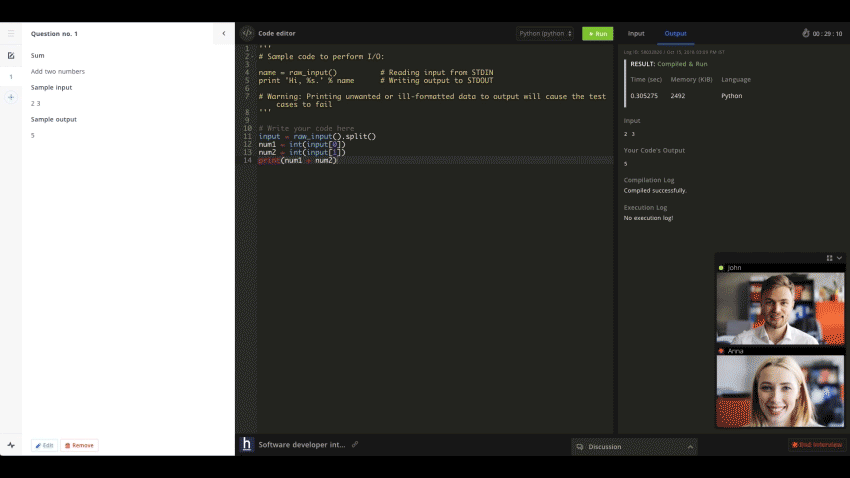
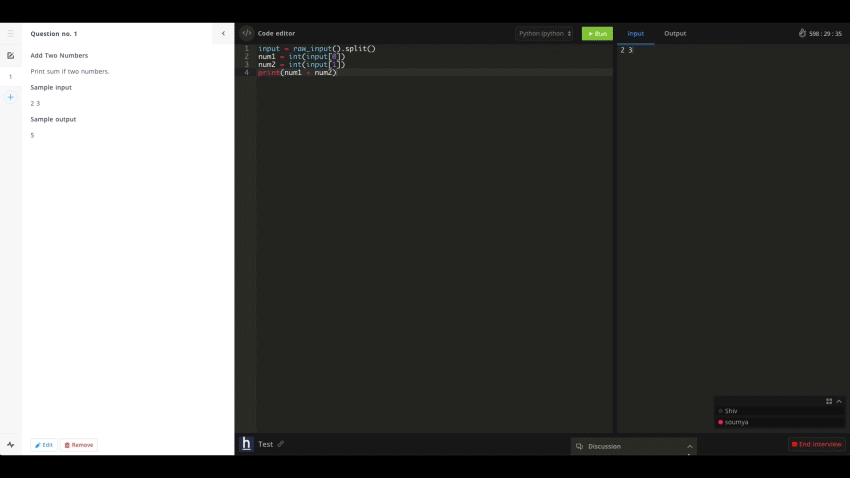
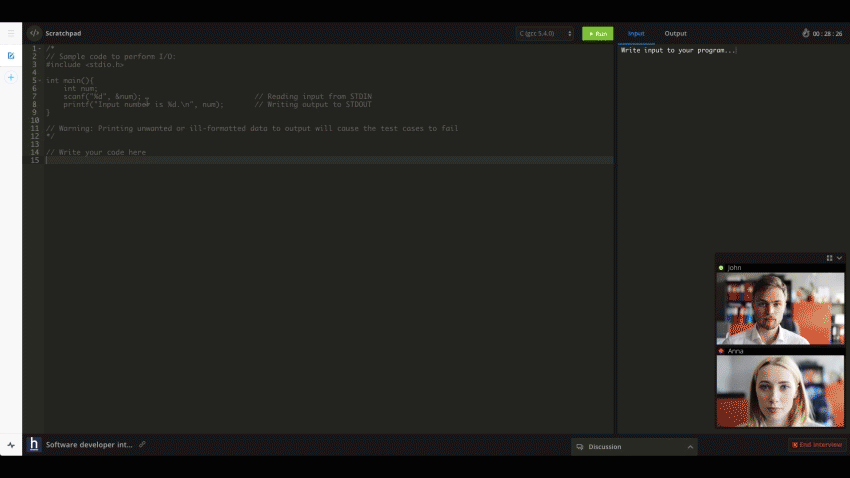
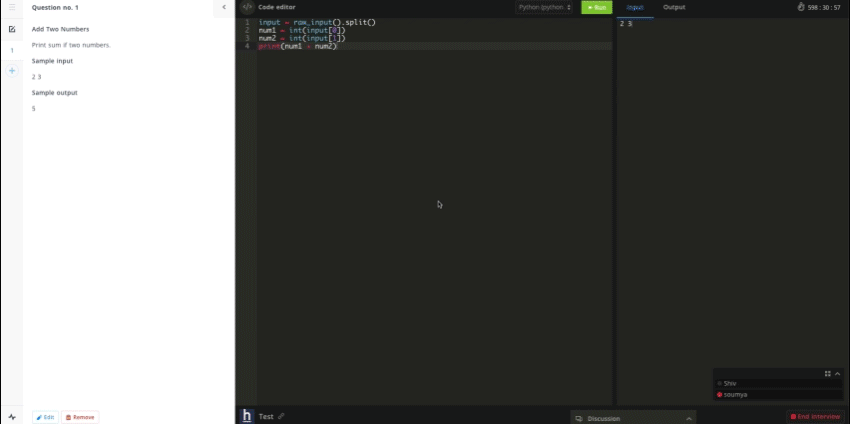
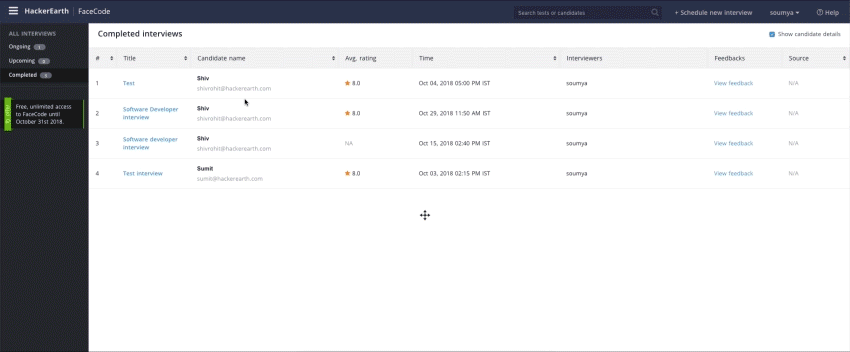
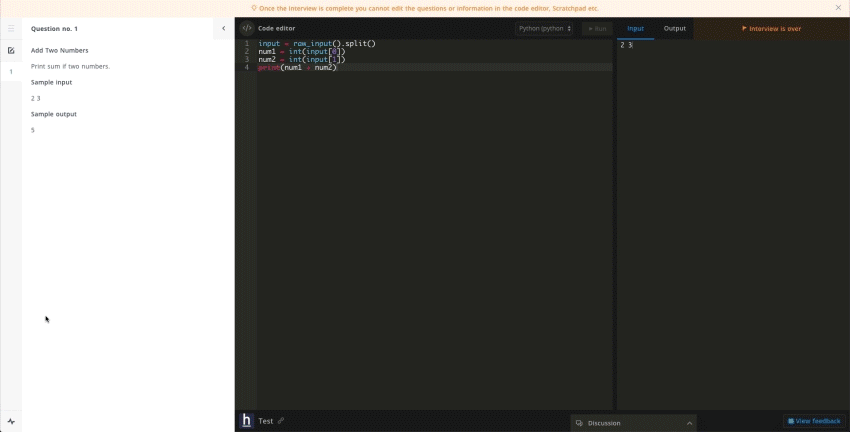
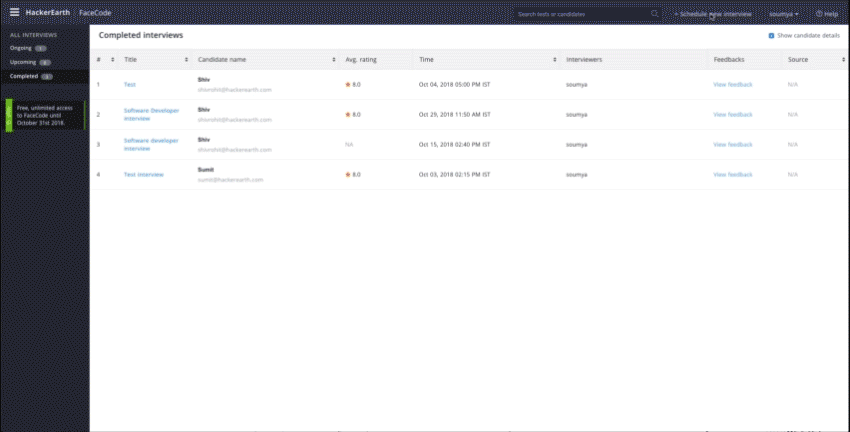





























 Our AI-enabled Smart Browser takes frequent snapshots via the webcam, throughout the assessment.
Consequently, it is impossible to copy-paste code or impersonate a candidate.The browser prevents the following
candidate actions and facilitates thorough monitoring of the assessment:
Our AI-enabled Smart Browser takes frequent snapshots via the webcam, throughout the assessment.
Consequently, it is impossible to copy-paste code or impersonate a candidate.The browser prevents the following
candidate actions and facilitates thorough monitoring of the assessment:











